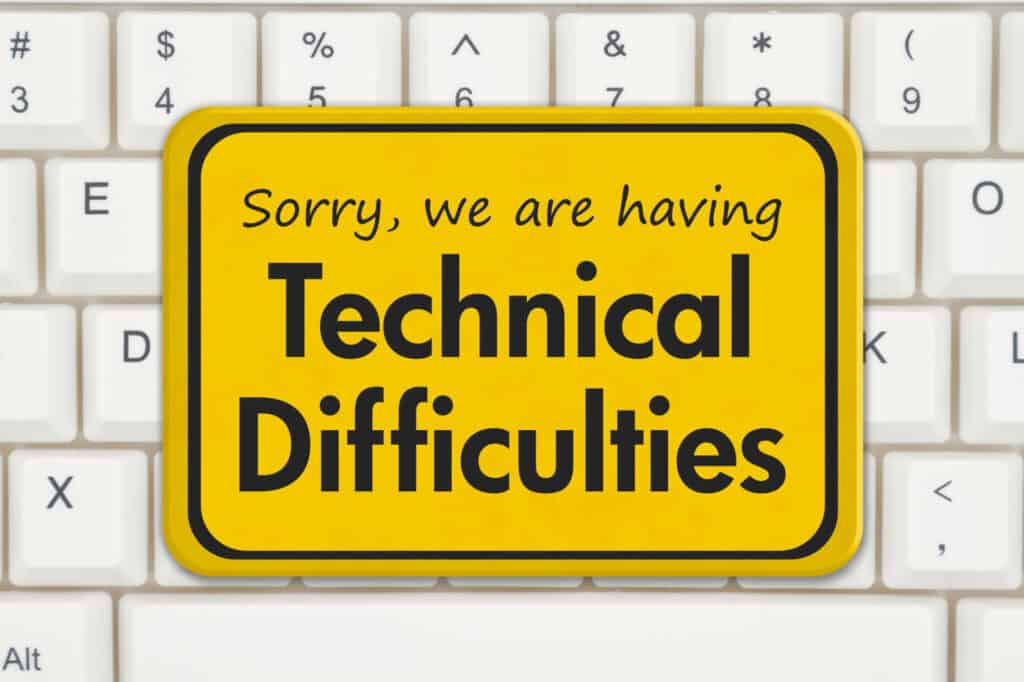Maintaining your WordPress site effectively is crucial for its seamless functioning.
This includes looking after the plugins, themes, and server-side settings that contribute to the overall structure of your site. While it might not be the most glamorous aspect of website management, it is a vital factor in guaranteeing smooth behind-the-scenes operations. If you’re handling a WordPress site for your company, here are some tips on how to maintain peak performance.
Regularly Backup Your Site
One of the key ways to enhance your website’s performance is to regularly back it up. This practice ensures that, in the event of any mishap, your content won’t be lost. You can restore your site from the backup, getting it back up and running in no time.
Be sure to back up your site’s files regularly. With a new WordPress installation, a backup of your site’s files on your web server is automatically created. This backup includes all of your stylesheets, scripts, and any additional files you need on your site.
To do this, link your site to your web host’s web folder on your private web server, then make a new folder on your desktop, often referred to as a virtual disk or USB drive, named “backup”. Transfer files from your web server into this new backup folder.
If your web server files become corrupted, your site can be restored from your backup, giving you a fresh start.
For website security, the adage “one more log in the storm” is applicable, emphasizing that the more security measures, the better. This is particularly relevant in a time when sites are more frequently scanned by hackers. Security measures such as static web pages, WordPress security plugins, and Secure FTP syncing can significantly enhance your site’s security.
Using HTTPS universally is also essential to bolster your website’s security. You can perform a quick security audit of your site by running an automatic HTTPS Scanner plugin on WordPress, Google Chrome, or Firefox.
Regularly Update Your WordPress Installation and Themes/Plugins
Keeping your WordPress installations and all themes and plugins updated is critical to your website’s safety. This becomes even more crucial if you run an ecommerce site. Any security vulnerability in outdated software can be exploited by hackers, putting your site at risk.
Generally, most websites go through one major update cycle per year, with WordPress supporting a few minor updates annually. Regularly updating your themes and plugins is a good practice, especially if they require frequent updates.
Ensure your plugins are updated regularly through standard plugin installers and automatic updates. Keep in mind that external code libraries like theme standards or media queries also need updating.
Be vigilant about security alerts on your dashboard or from your hosting provider. They play a significant role in maintaining your site’s security and can potentially preempt threats.
Deactivate Unused Plugins
Plugins can potentially be a security liability. Hence, any unused plugins should be deactivated. This includes any plugins related to your theme. WordPress will disable some functionalities depending on which plugins you deactivate. Customizing each plugin using file-level variable values is an effective way to avoid security risks associated with plugins.
Leverage a Caching Plugin to Accelerate Your Site’s Load Time
Using a caching plugin, such as W3 Total Cache or WP Rocket, can enhance your site’s speed and loading time. The plugin achieves this by loading static files (like CSS, JavaScript, and images) on your website instead of loading them every time a page is requested. This practice ensures faster content display.
To add a cache to your site, go to the WordPress plugins menu in your browser and install a plugin. A box will prompt you to install the plugin upon page load. The plugin will then give you the option to automatically add relevant files to your
